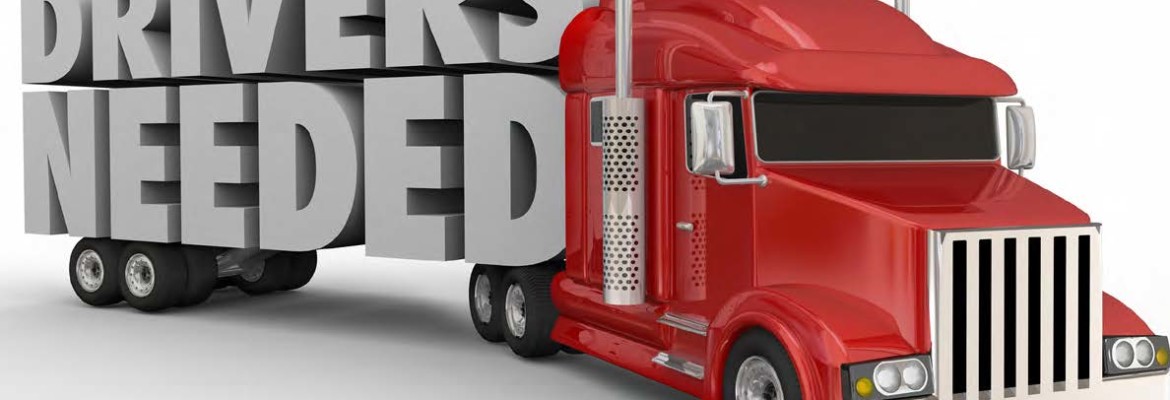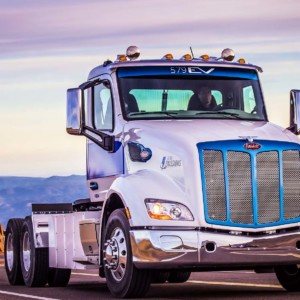How the Pandemic is Challenging Recruitment and Onboarding in the Trucking Industry
Whether managing diverse personalities or pivoting training to a video conferencing platform, COVID-19 is having a profound impact on recruitment strategies in the trucking industry.
By Dave Elniski
Most people in the trucking industry are aware that recruiting drivers is a major challenge. Fears over a shortage of commercial drivers have made headlines throughout North America, and regardless of how real the shortage seems at the level of the individual carrier, labour shortages are always a challenge for a busy business.
For companies without the infrastructure needed to work remotely, the COVID-19 pandemic has been particularly challenging. Many trucking companies rely on in-person training and hiring procedures, and in the effort to get drivers working as soon as possible, COVID-19 restrictions have created additional obstacles.
In the sections below, I’ll dive deeper into some COVID-related driver hiring and training topics. Over the course of the pandemic, these topics have become of particular interest to transportation companies of all sizes.
Competition for Drivers
Trucking companies compete for drivers, and sometimes drivers are more scarce than freight. Whether a company uses employee drivers, owner-operators, or a combination of different labour solutions, no one model offers a bullet-proof path to abundant, qualified applicants.
COVID-19 has prompted continually changing workplace restrictions that vary across regions, and companies that can quickly adapt to these restrictions are better positioned than those that drag their feet. It’s not hard for a driver with a reasonably clean safety record to find work throughout the industry.
Carriers need to acknowledge that they often have to impress a new driver more than the driver needs to impress the carrier. Slow and crude adaptation to new standards – whether the upcoming electronic logging device deadline or changing COVID restrictions – do not instill confidence in a prospective hire.
Managing Diverse Personalities
Attitudes towards safety differ dramatically between individuals, and this is especially true during the present pandemic. Many people have their own opinions on how serious COVID-19 is, and discussions about the virus can quickly get heated and political.
Regardless of a person’s views towards COVID-19 and other safety concerns, restrictions and safety measures need to be implemented for various hazards. These safety measures will be received differently by different drivers.
Prospective driver hires who are scared of COVID-19 will welcome enhanced safety protocols and may be critical of safety measures they perceive as suboptimal. On the other end of the spectrum, drivers who consider COVID-19 to not be a problem may find the enhanced public health safety measures to be annoying and an infringement on their freedom.
In my experience, most people accept the public health measures with a subdued annoyance while complying with the regulations. But if your prospective driver hire has an overly negative reaction to your company’s safety protocols, this may be a warning sign of potential future compliance problems.
Regardless of how people react to a carrier’s safety measures, the carrier must professionally manage these reactions and different personalities. Rudeness and non-compliance with safety procedures are issues the carrier must address and not ignore.
Remote versus In-Person
Recruiting and training new drivers can be done successfully through a combination of remote and in-person methods. Jobs can be advertised online, and initial contact with new hires can be through an internet job board, email, or phone call.
Remote Onboarding Tasks
Interviews can easily be done remotely with video conferencing programs, and at the early stages of hiring this may be the best method with or without COVID-19 because it saves the candidate travel time. Once all of the pre-hire safety checks are complete, an in-person meeting consistent with public health regulations can be done later.
Carriers that train drivers on subjects that can be delivered via a classroom presentation should consider either purchasing training videos or recording their own program (consult provincial legislation first for program requirements). Policy training and sign-offs can also be done electronically, and carriers may find that once they have implemented remote delivery methods for their onboarding that they will not want to go back once COVID-19 restrictions are over.
In-Person Onboarding Tasks
Commercial vehicle operation is a hands-on and often physically demanding job. In-person training remains the most effective way to teach a variety of tasks, especially things like how to tighten a load chain binder and how to install tire chains. Driving evaluations, an important part of the hiring process, are also another task that requires in-person evaluation unless sophisticated simulators are available.
In-person training can still be done throughout the COVID-19 pandemic as long as it is in accordance with the public health restrictions in place at the time. While it may be tempting for some carriers to temporarily cancel some of their new drive safety evaluations and training tasks due to COVID concerns, the consequences of skimping on these safety controls can be swift and severe.
The biggest questions for carriers to consider when adjusting their hiring practices during the pandemic is how much in-person interaction is truly needed. Lots of traditionally in-person events like safety meetings can be successful through a remote platform and therefore do not justify the risks of an in-person gathering; personal protective equipment, social distancing, and other enhanced public health measures can then be used when in-person is of critical importance.
Summary
COVID-19 is frequently described as an unprecedented event and I’m not disagreeing with this descriptor. It is challenging businesses around the world in ways few have ever considered.
However, like any challenge facing an industry, those that are able to adapt and continue operations safely and efficiently in the new business climate are in a better position to succeed. In this sense, COVID-19 is a way for quick-adapting carriers to pull ahead of their competition.
The pandemic is not equitable in the way that it affects different businesses so it is hard to compare its impacts to one carrier with its impacts on another. But even if a carrier has seen little negative impact from the pandemic, no one should be thinking they are immune from such trials in the future.


